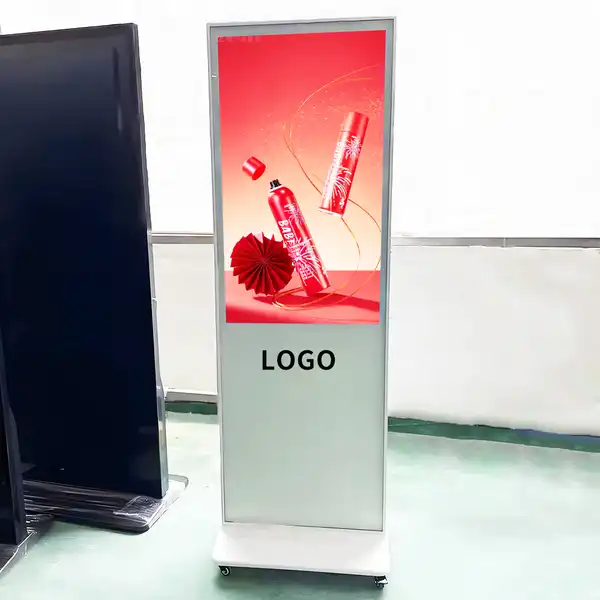Application Scenarios of Vertical Advertising Displays Introduction
Vertical advertising displays, also known as digital signage or standing LCD/LED screens, have become increasingly popular in various industries due to their versatility, high-resolution visuals, and interactive capabilities. These displays are designed to capture attention, deliver dynamic content, and enhance customer engagement in both indoor and outdoor environments. Below are some of the most common and effective application scenarios for vertical advertising displays.
1. Retail Stores & Shopping Malls
Vertical advertising displays are widely used in retail environments to promote products, showcase deals, and enhance the shopping experience.
Product Promotion: Display high-quality visuals of new arrivals, bestsellers, or seasonal offers to attract shoppers.
Interactive Catalogs: Allow customers to browse products, check prices, and even place orders directly from the screen.
Wayfinding: Help shoppers locate stores, restrooms, or exits within large shopping malls.
Brand Storytelling: Use video content to communicate brand values and create emotional connections with customers.
2. Restaurants & Fast-Food Chains
Quick-service restaurants (QSRs) and cafes use Vertical advertising displays to streamline ordering and enhance customer experience.
Digital Menus: Display dynamic menus with high-resolution images, nutritional information, and real-time updates.
Self-Service Kiosks: Enable customers to place orders independently, reducing wait times and labor costs.
Promotional Campaigns: Highlight combo meals, limited-time offers, or loyalty programs to drive sales.
Entertainment: Show social media feeds, news, or entertainment content to engage customers while they wait.
3. Corporate Offices & Lobbies
Businesses utilize Vertical advertising displays in office environments for communication and branding purposes.
Welcome Messages: Greet visitors with company branding, announcements, or event schedules.
Employee Communication: Display internal news, KPIs, or motivational content in break rooms or hallways.
Digital Directories: Help visitors and employees navigate large office buildings with interactive maps.
Meeting Room Signage: Show real-time room availability and meeting schedules outside conference rooms.
4. Hotels & Hospitality
Hotels, resorts, and event venues use vertical displays to enhance guest experiences and streamline operations.
Check-In Kiosks: Allow guests to self-check-in, reducing front desk congestion.
Event Promotion: Advertise spa services, restaurants, or upcoming events within the hotel.
Wayfinding: Guide guests to rooms, conference halls, or amenities with interactive maps.
Local Attractions: Provide tourists with information about nearby attractions, transportation, and dining options.
5. Healthcare Facilities
Hospitals, clinics, and pharmacies use vertical advertising displays to improve patient experience and communication.
Appointment Management: Display waiting times, doctor availability, and queue numbers.
Health Education: Show informational videos about treatments, wellness tips, or preventive care.
Digital Check-In: Allow patients to register or update their information without paperwork.
Pharmacy Promotions: Highlight over-the-counter medications, vaccinations, or health campaigns.
Conclusion
Vertical advertising displays are transforming how businesses and organizations communicate with their audiences. From retail and hospitality to healthcare and transportation, these digital screens enhance engagement, improve efficiency, and deliver impactful messaging. As technology advances, their applications will continue to expand, making them an essential tool in modern advertising and information dissemination.

